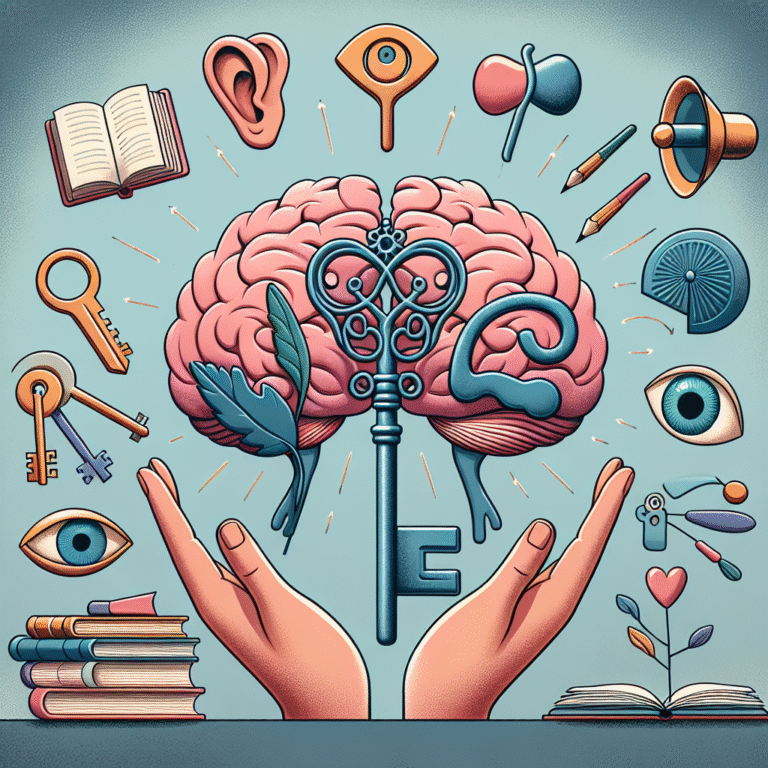
Introduction
In today’s rapidly changing world, understanding gender roles and stereotypes has never been more crucial. From the subtle nuances of communication to the broad strokes of societal norms, these facets of gender influence our lives in myriad ways. Gender Schema Theory: A Key to Unpacking Gender Stereotypes and Expectations offers a framework to decode the preconceived notions that shape our identities. As we dive deeper into this intricate tapestry of beliefs, behaviors, and social constructs, we can better understand how they mold individual experiences and societal landscapes.
What is Gender Schema Theory?
Gender Schema Theory, introduced by developmental psychologist Sandra Bem in the 1980s, posits that children learn about gender roles and expectations from their environment, creating cognitive frameworks—schemas—through which they perceive and interpret the world. These schemas influence not only how they view themselves but also how they interact with others. Essentially, our understanding of gender isn’t innate; it is learned, constructed, and can be deconstructed.
Historical Context
Understanding Gender Schema Theory requires a glimpse into its historical roots. Early research on gender roles focused on biological determinism, suggesting that differences between genders were based on inherent traits. However, as awareness of socialization’s role grew, theorists like Bem emphasized that these differences are often societal impositions rather than natural divisions.
Key Aspects of Gender Schema Theory
- Cognition and Socialization: Children observe, imitate, and internalize behaviors and attitudes deemed appropriate for their gender within their culture.
- Categorization: Individuals categorize information based on gender schemas, which can lead to selective attention and memory. For instance, a boy may remember more instances of "masculine" behavior and overlook "feminine" behaviors he witnesses.
- Reinforcement of Stereotypes: The perpetuation of gender norms happens through reinforcement; behaviors aligned with gender schemas are encouraged, while those that deviate are often discouraged.
Unpacking Gender Stereotypes
As we delve deeper into Gender Schema Theory: A Key to Unpacking Gender Stereotypes and Expectations, it’s essential to understand the nuances of gender stereotypes.
Case Study: Children’s Toys and Gender
Consider a study conducted in various toy stores where researchers noted the division in children’s toy aisles—blue and action figures for boys, pink and dolls for girls. This categorization reflects the societal belief that boys should be assertive and active while girls should be nurturing and passive. Children shopping in these environments absorb these cues, reinforcing gender schemas from a young age.
Analysis
This case study demonstrates how environmental factors contribute to the creation and reinforcement of gender schemas. The pressures of associating certain toys with specific genders condition children, framing their expectations of themselves and others.
Table 1: Common Gender Stereotypes by Age
| Age Group | Common Stereotypes | Example Behaviors |
|---|---|---|
| 0-5 | Pink for girls, blue for boys | Girls playing with dolls, boys with trucks |
| 6-12 | Boys are tough, girls are emotional | Boys engaging in sports, girls in arts |
| 13-18 | Men are leaders, women are caregivers | Boys pursuing STEM, girls leaning towards humanities |
The Impact of Gender Schemas in Adulthood
As individuals transition into adulthood, the schemas they form during childhood often persist, influencing choices in careers, relationships, and even self-image.
Case Study: Gender Roles in the Workplace
Research shows that women often hesitate to pursue leadership roles due to ingrained schemas that suggest these positions are inherently male. A study analyzing corporate promotions found that women with equal qualifications were perceived as less competent than their male counterparts.
Analysis
This case study highlights how entrenched gender schemas can suppress potential and perpetuate inequalities in professional spheres. The expectations set by society play a crucial role in personal aspirations and achievements.
Strategies to Challenge Gender Schemas
Understanding Gender Schema Theory: A Key to Unpacking Gender Stereotypes and Expectations is empowering, as it provides insight into how we can actively challenge and reshape these schemas.
Education and Awareness: Teaching children about gender diversity and inclusivity can challenge traditional molds. Incorporating diverse role models in educational materials and discussions can broaden perceptions.
Encouragement of Gender-Neutral Activities: Facilitating opportunities for all children to engage in a broad spectrum of activities—be it sports, arts, or sciences—can break down traditional barriers.
- Promoting Critical Thinking: Encouraging individuals to question and analyze stereotypes when they arise fosters a more nuanced understanding of gender, freeing them from rigid expectations.
Conclusion
Gender Schema Theory: A Key to Unpacking Gender Stereotypes and Expectations serves as a crucial tool in navigating the often murky waters of gender roles and expectations. By recognizing these predetermined beliefs, we can foster a culture that celebrates diversity and individuality.
Encouraging a dialogue about gender can inspire future generations to approach identity as an open and fluid concept—one that is not constrained to the defined roles of the past. By dismantling these outdated schemas, we pave the way for a future where everyone can thrive, irrespective of gender.
FAQs
What is Gender Schema Theory?
Gender Schema Theory explains how children learn and internalize societal norms related to gender, forming cognitive frameworks that influence their thoughts and behaviors.
How does Gender Schema Theory impact careers?
Individuals may pursue careers aligned with their gender schemas due to societal expectations, often limiting personal aspirations and perpetuating gender disparities in certain fields.
Can gender schemas change over time?
Yes, gender schemas can evolve through education, exposure to alternative perspectives, and societal shifts in understanding gender.
How can parents combat rigid gender schemas?
Parents can encourage children to explore a diverse range of activities, challenge stereotypes, and model gender-neutral behaviors to promote inclusivity.
What role does media play in shaping gender schemas?
Media representation significantly influences societal perceptions of gender. Portrayals that challenge traditional roles can help reshape and broaden societal norms about gender.
By engaging with the concepts surrounding Gender Schema Theory, readers can become agents of change, contributing to a more equitable understanding of gender in our society.













